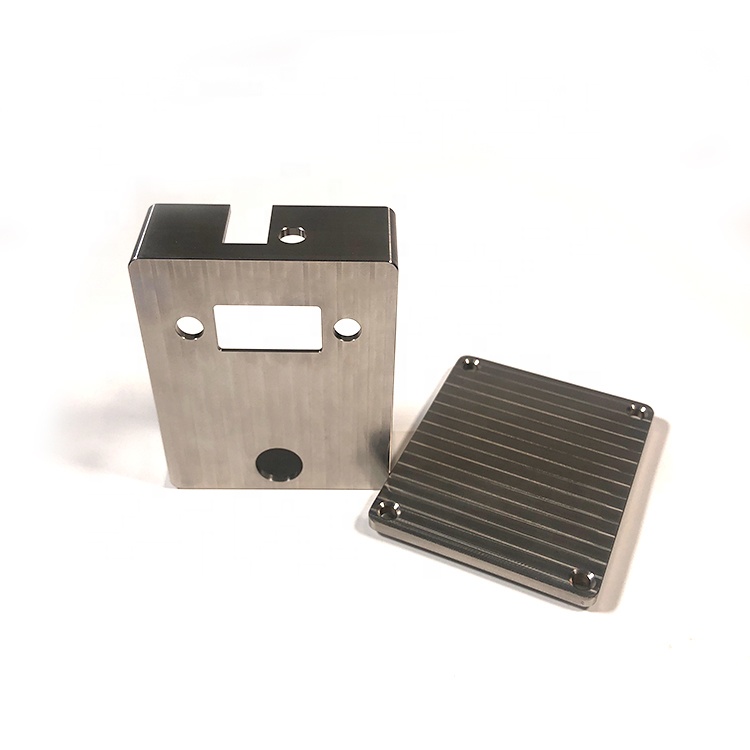Key aspects and steps involved in the production of stainless steel milling parts
2024-03-04
Stainless steel milling parts are components produced through the process of milling stainless steel material using milling machines. Milling is a subtractive manufacturing process that involves removing material from a workpiece to achieve the desired shape and dimensions. Here are the key aspects and steps involved in the production of stainless steel milling parts:
1. Material Selection:
- Stainless steel is a popular material for milling parts due to its corrosion resistance, strength, and durability. Different grades of stainless steel may be chosen based on the specific requirements of the part.
2. Design and Programming:
- The design of the milling parts is created using computer-aided design (CAD) software. Once the design is complete, a CNC (Computer Numerical Control) programmer generates a program that guides the milling machine to create the desired geometry.
3. Fixturing:
- The stainless steel workpiece is securely mounted onto the milling machine using fixtures. Proper fixturing is crucial to ensure stability during the machining process and to prevent inaccuracies.
4. Tool Selection:
- Various cutting tools, such as end mills, face mills, and drills, are selected based on the design requirements and the characteristics of the stainless steel being machined. Hardened and coated tools are often used to withstand the challenges posed by stainless steel machining.
5. Machining Operations:
- The CNC milling machine follows the programmed toolpaths to perform the necessary machining operations. These operations may include contouring, pocketing, drilling, and profiling to shape the stainless steel workpiece according to the design.
6. Coolant Application:
- Stainless steel has poor thermal conductivity, and the heat generated during machining can affect tool life and part quality. Coolant or lubricant is applied during milling to dissipate heat, reduce friction, and improve machining efficiency.
7. Quality Control:
- Throughout the machining process, quality control measures are implemented. Precision measuring instruments, such as calipers and micrometers, may be used to check dimensions, tolerances, and surface finishes to ensure they meet the specified requirements.
8. Deburring:
- After milling, stainless steel parts may have sharp edges or burrs. These are removed through a deburring process to ensure a smooth and safe final product.
9. Surface Finishing (Optional):
- Depending on the application and aesthetic requirements, the stainless steel milling parts may undergo additional surface finishing processes, such as polishing, passivation, or coating, to enhance their appearance and corrosion resistance.
10. Final Inspection:
- The finished stainless steel milling parts undergo a final inspection to verify that they meet all quality standards and specifications. This includes a thorough check for dimensional accuracy, surface finish, and overall quality.
Stainless steel milling is a versatile and precise manufacturing process that is widely used in various industries, including aerospace, automotive, medical, and more. It allows for the production of complex and high-precision parts with tight tolerances. The success of the process relies on the expertise of machinists, proper tool selection, and adherence to best practices in machining stainless steel.



